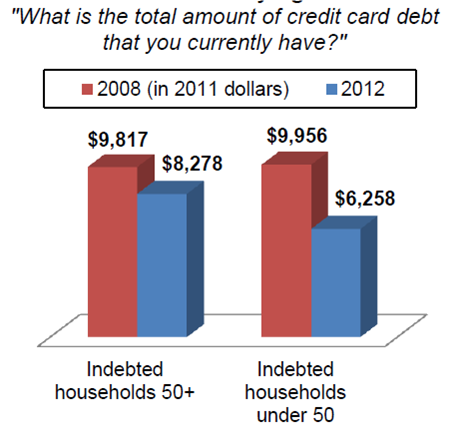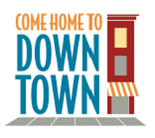Towns and Cities Look to Varied Housing Options, Community Engagement
/Many municipalities across Connecticut and New England are finding that community engagement – proactively, thoughtfully and creatively asking their residents for their attention and ideas about proposed housing and commercial development – pays off big time. That was evident last month at UMass/Amherst when three federal agencies – HUD, EPA and DOT – along with the Funders’ Network for Smart Growth and Livable Communities brought together experts and advocates from the region to discuss the best ways to merge affordable housing creation, transit and livable, sustainable and environmentally sound practices.
A growing number of organizations and government entities – municipal and regional – are using or promoting community engagement because the changing housing market is moving many more communities to increase their efforts at housing creation. A wider array of housing options – smaller, denser, more affordable, energy-efficient, walkable and, if possible, close to transit – are being utilized to meet the needs of empty-nesters, young professionals and families, and workers in a region that, despite a falloff in demand, has seen rental and purchase prices remain very high.
The Partnership for Strong Communities highlighted community engagement strategies it promotes, including its new video about five very different Connecticut communities – Hamden, Old Saybrook, Colchester, Bristol and Simsbury – that have used an array of community engagement methods – charrettes, town meetings, websites and crowd-sourcing among them – to harvest ideas and achieve buy-in for their development plans.
The organization embarked on a search to discover how communities can balance multiple priorities and opinions, and achieve development that most residents can be satisfied with. Partnership staff drove around the state and filmed interviews with about 30 individuals involved in this work. The resulting video, along with supporting materials, reflects how five different communities with different goals, used different methods to achieve a single outcome.







































